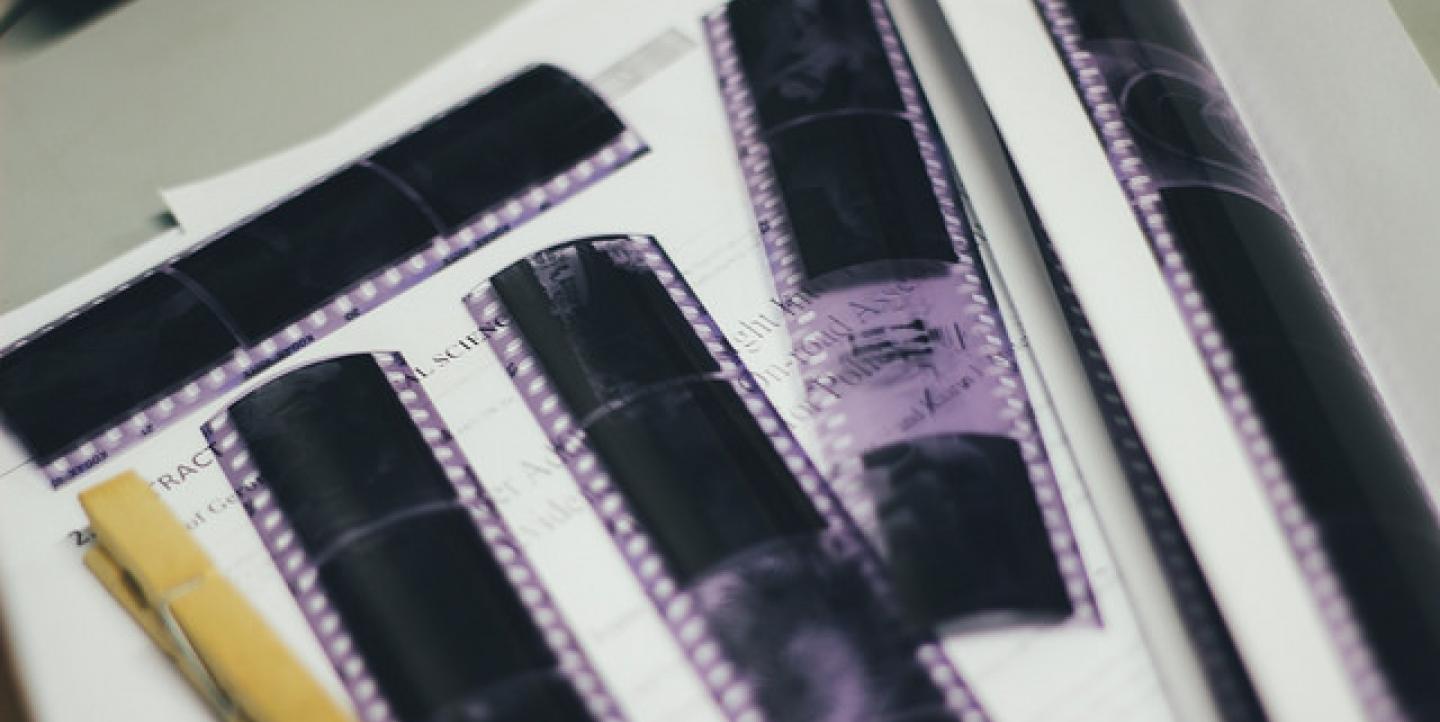This year, major media outlets have delivered graphic images and video to their readers on what seemed like a near-daily basis.
From photos of a 3-year-old Syrian refugee’s drowned body on a beach to video footage of two journalists being fatally shot on live television, readers have found no shortage of tragedy in their newsfeeds on social media.
Journalists have always had to weigh the consequences of using graphic imagery while reporting on current events, such as covering the Vietnam War or the aftermath of the Holocaust. However, the advent of social media and smartphones has only reinforced the feeling that violence is always at our fingertips.
From a reporter’s standpoint, using such imagery is necessary to convey reality. But what happens when these images create psychological trauma for readers and for journalists?
A group of experts examined the consequences and ethics of using graphic imagery in journalism during a recent talk at Columbia University’s Tow Center for Digital Journalism. Here are some takeaways to consider while debating the use of explicit photos or videos in your newsroom:
Consider what purpose the images serve
Before using a photo or video in a news story, journalists should determine the original intent of said photo or video, said Louise Roug, global news editor at Mashable. While there’s no one-size-fits-all rule for using graphic imagery in news stories, it’s imperative to consider the consequences of doing so. In many cases, perpetrators of violent acts will photograph or videotape themselves performing the act in order to gain fame and infamy.
So while proliferating footage of Islamic State executions, for example, might technically be news, doing so only helps ISIS’ propaganda machine, Roug explained.
“Do we want to be helping them by propagating these images?” Roug asked.
Mashable made a similar decision when determining what to do with the footage of a gunman shooting two Virginian journalists, she said.
“In the case with the shooting of the news crew — even though we didn’t know a lot of things because it was happening in real time — it seemed like this guy was trying to gain [notoriety]. Do we want to have a hand in that?”
Understand collapsed context
When working in international journalism, it’s also crucial to consider the phenomena of collapsed context when analyzing graphic images in the media, explained Sam Gregory, program director at Witness. Collapsed context occurs when an individual creates and shares an image, not expecting it to be seen by a wider audience. When the image gains traction, its original intent is lost on new viewers.
“I think that’s part of why we’re feeling confronted now,” Gregory said. “In a social media feed, we see images we didn’t expect because they jumped context from someone else’s community.”
In Arab nations, for example, graphic imagery is regularly presented to viewers in a straightforward, almost clinical manner. Such imagery is intended to galvanize the community into taking action, Gregory explained. For Western media consumers, however, these images are shockingly gruesome.
“It’s important to understand our role in viewing these images, many of which aren’t mediated by the mainstream media,” Gregory said. “That’s the reality if you’re looking at 800,000 images from Syria over the past few years — most of those wouldn’t have gone through a mainstream media lens; they would have been shared in activist networks and online platforms.”
Images can do irreparable damage
For decades, little was known about the psychological effects of viewing graphic imagery, said Bruce Shapiro, executive director at the Dart Center for Journalism and Trauma. However, with the rise of citizen journalism, contemporary psychologists have developed a shared understanding of these images’ ability to cause harm.
“There’s a whole body of research, looking especially at 9/11, the Boston bombings, Sandy Hook and similar events, that says yes, news consumers’ levels of psychological distress, physical health problems and other things do seem associated with consuming large amounts of graphic imagery of high valence events,” Shapiro explained.
The psychological effects of graphic imagery manifest themselves in several ways. One is the distress and psychological injury placed on news consumers; another is the possibility of inciting copycats who wish to emulate a crime depicted in an image or video. Lastly, there’s the possibility of vicarious trauma, which impacts people in the news industry whose job it is to view these images.
“In all three of these areas, the important vector seems to be not the extremity of an individual image, and not the duration at which you view the image, but the frequency of viewing,” Shapiro said.
This imagery becomes particularly traumatic when readers are presented with autoplaying video, which removes their ability to control the viewing experience. Shapiro said this sense of losing control is a trademark of psychological injury and trauma.
“I think it’s pretty clear that we should take some responsibility for images leading to higher levels of distress,” he said.

